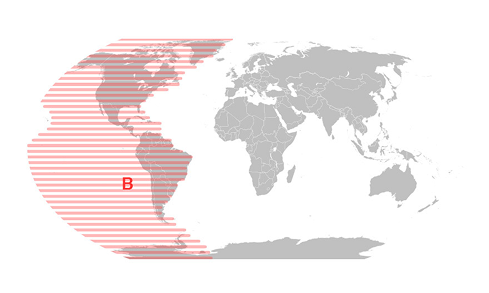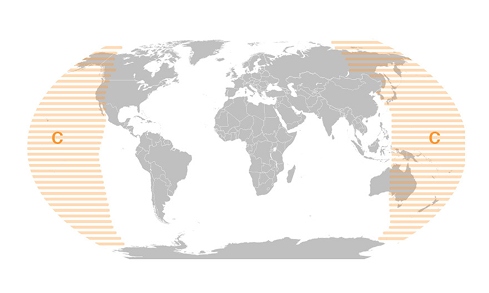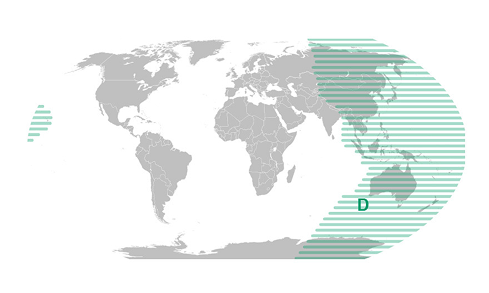
The Tamar's Children Project: Pioneering Research
In 2003, the Founders of Circle of Security, Glen Cooper, Kent Hoffman and Bert Powell worked with Jude Cassidy and her colleagues to apply the still developing Circle of Security Intensive program in a remarkable setting—a women’s prison outside Baltimore, Maryland, USA. The Tamar's Children project was actually a jail diversion program—the goal was to focus rehabilitation on helping women overcome their histories of trauma, substance misuse and shattered relationships. Expecting mothers were enrolled in their last trimester and expected to stay in the program until their newborn was one year of age. One of the twenty such mothers in the study was a woman named Tonier Cain, whose incredible life story is captured in the award winning documentary, Healing Neen, which can be found at toniercain.com.
Transformative Results: Secure Attachment Against the Odds
Twenty mothers like Tonier completed treatment and, following their intensive treatment (which included both COS, individual trauma-focused therapy and substance abuse groups) were assessed with their 12-month-olds in the Ainsworth Strange Situation procedure, the gold standard for assessing attachment at this age. Fourteen of the 20 infants (70%) were classified as securely attached to mother. This rate of security at 12 months is significantly higher than rates typically observed in samples of mothers who have the extreme level of risk that Tonier and her cellmates had. In fact, 70% security is slightly above the rates typical of low-risk, middle-class samples. Furthermore, only four infants (20%) were classified as insecure/disorganized, the insecure subgroup with highest risk for psychopathology. This rate of disorganization is significantly lower than that found in at-risk samples, and it is identical to the rate that is typical of low-risk, middle-class samples.
Reference for the Ainsworth Strange Situation study:
Cassidy, J., Ziv, Y., Stupica, B., Sherman, L. J., Butler, H., Karfgin, A., Cooper, G., Hoffman, K. T., & Powell, B. (2010). Enhancing maternal sensitivity and attachment security in the infants of women in a jail-diversion program. In J. Cassidy, J. Poehlmann, & P. R. Shaver (Eds.), Incarcerated individuals and their children viewed from the perspective of attachment theory. Special issue of Attachment and Human Development.
Tonier credits the Circle of Security Intensive model as one key factor that helped save her life. In the following video, she talks about her experience with Circle of Security, and how the concept of Shark Music — a key Circle of Security concept — is something she thinks about every day:







